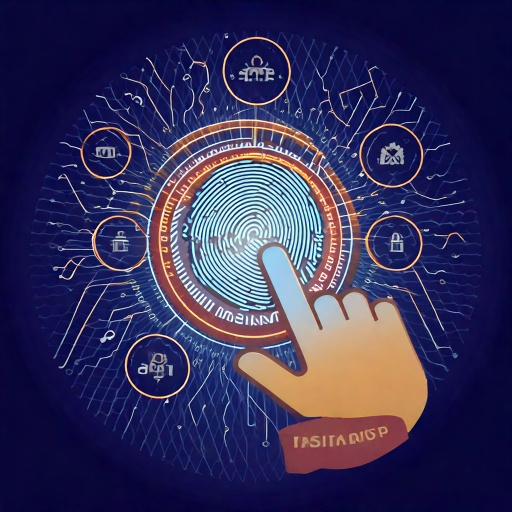Protecting Your Business in a Digital World
Cyberattacks aren’t just a big business problem anymore. Small and medium-sized businesses (SMBs) are facing increasing risks — often with fewer resources to defend themselves. In this blog series, we explore why SMBs are being targeted, the real risks involved, and practical steps you can take to strengthen your cybersecurity posture without overwhelming your operations or your budget.

Cybersecurity threats don’t always start with a high-tech hack. Sometimes, all it takes is one well-crafted email—and one unsuspecting click—for a business to face serious disruption. This isn’t about fear. It’s about awareness. Because once you understand how these threats work, protecting your business becomes a whole lot simpler.
Here’s what every small business owner and team member needs to know.
The Danger Isn’t the Email—It’s the Click
Most ransomware attacks start with phishing emails—messages that look legitimate but are designed to trick someone into clicking a link, downloading a file, or entering login credentials. The scary part? These emails are getting very convincing. They might look like they came from your bank, a vendor, or even your own IT department. All it takes is one click on a bad link, and ransomware can be silently installed, encrypting your files and holding your business hostage.
It’s Not Just Big Companies Getting Hit
We often hear about high-profile attacks, but small and mid-sized businesses are actually more frequent targets. Why? Because attackers assume you don’t have the time, resources, or expertise to stop them. That’s why even the most cautious, well-intentioned employee can become an accidental entry point.
What You Can Do (Without Being a Cybersecurity Expert)
Let’s focus on what actually works to prevent these kinds of attacks:
1. Train Your Team—Regularly
Phishing emails rely on people not knowing what to look for. A little education goes a long way.
✅ Tip: Run monthly cybersecurity refreshers. Even short 15-minute sessions can help.
2. Use Multi-Factor Authentication (MFA)
Even if credentials are compromised, MFA blocks most unauthorized access.
✅ Tip: Prioritize accounts like email, file sharing, and finance platforms.
3. Run Simulated Phishing Campaigns
These are controlled tests that show who might fall for a fake phishing email—without real consequences.
✅ Tip: Use the results to offer additional training, not punishment.
4. Layer Your Security Tools
Antivirus alone won’t cut it. You need multiple tools that prevent, detect, and respond to threats.
✅ Tip: Look into Managed Detection & Response (MDR) if you want 24/7 peace of mind.
5. Encourage Reporting
Make sure employees feel safe reporting suspicious messages. Even if they clicked something, faster reporting means faster damage control.
✅ Tip: Celebrate reports—don’t shame them.
Final Thought
Cybersecurity doesn’t need to be scary, and it doesn’t need to be perfect. But it does need to be proactive.
Every business relies on email. That won’t change. But with a few simple shifts in awareness and protection, you can turn your team from your biggest risk into your first line of defense.
Want help identifying your biggest vulnerabilities?
👉 Schedule a free Cybersecurity Training & Risk Review with Sidechain Security and start building a safer, smarter workplace.You don’t have to do it all at once—but doing nothing is no longer an option.

